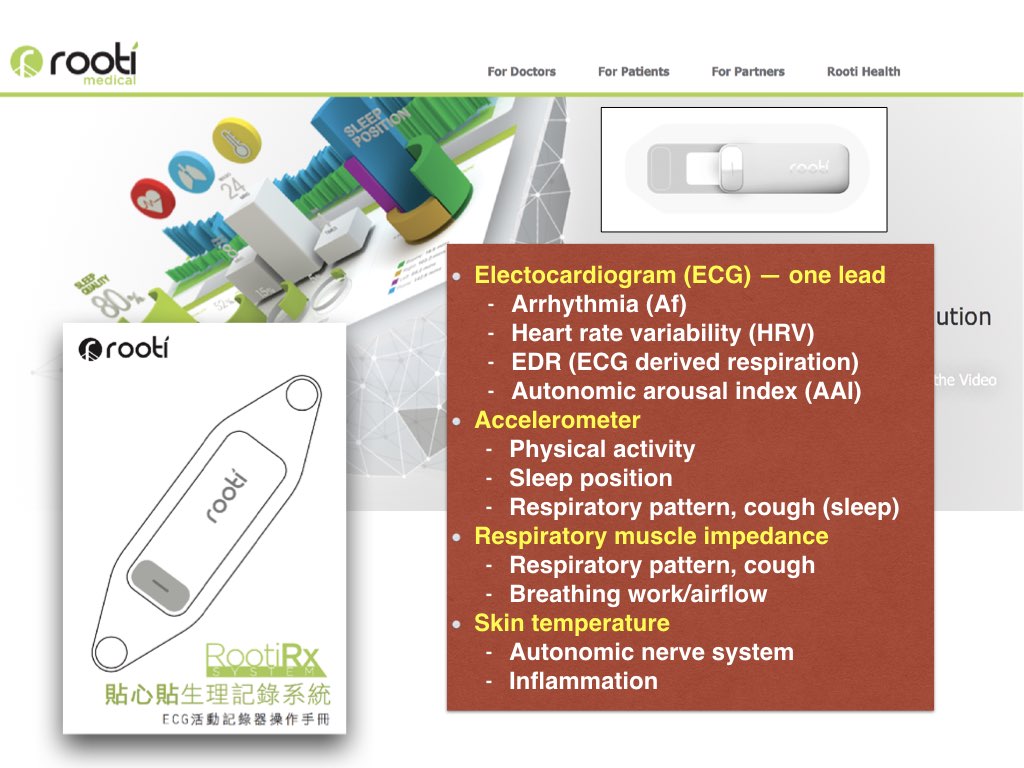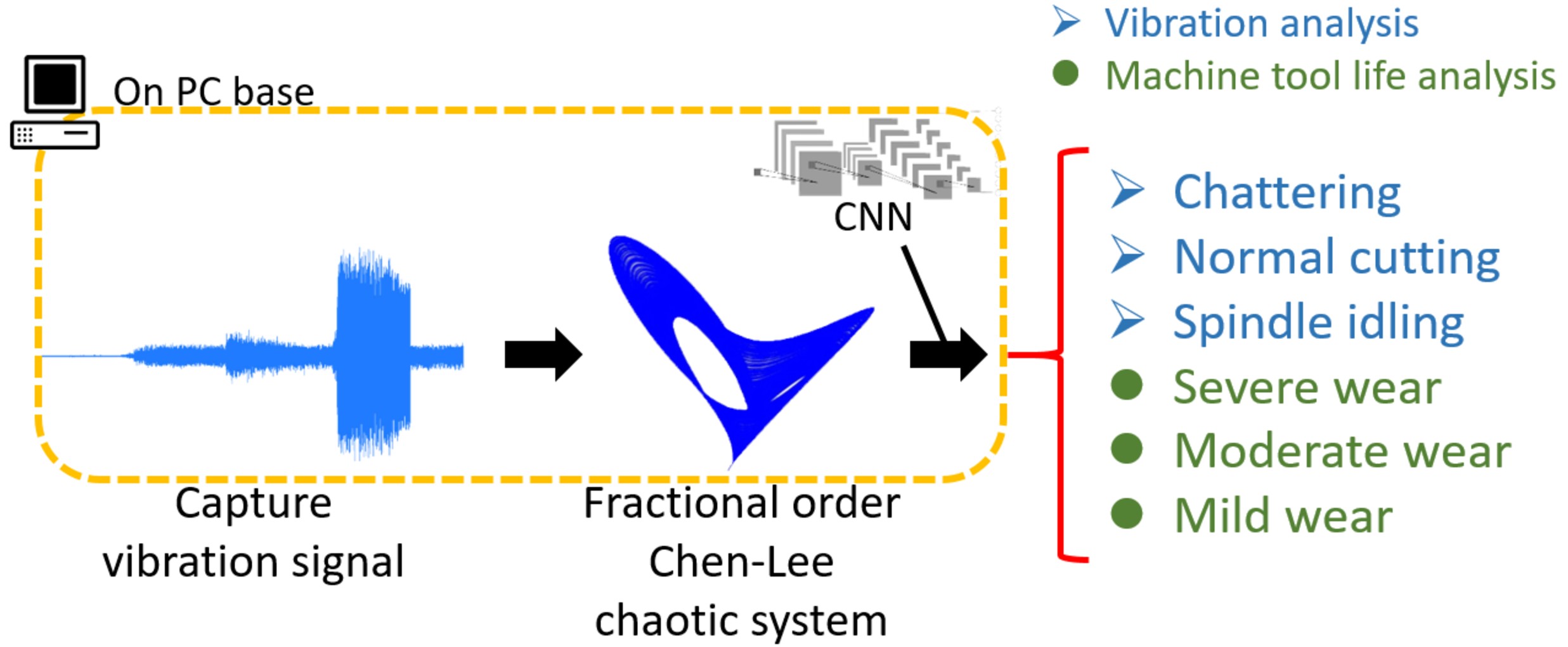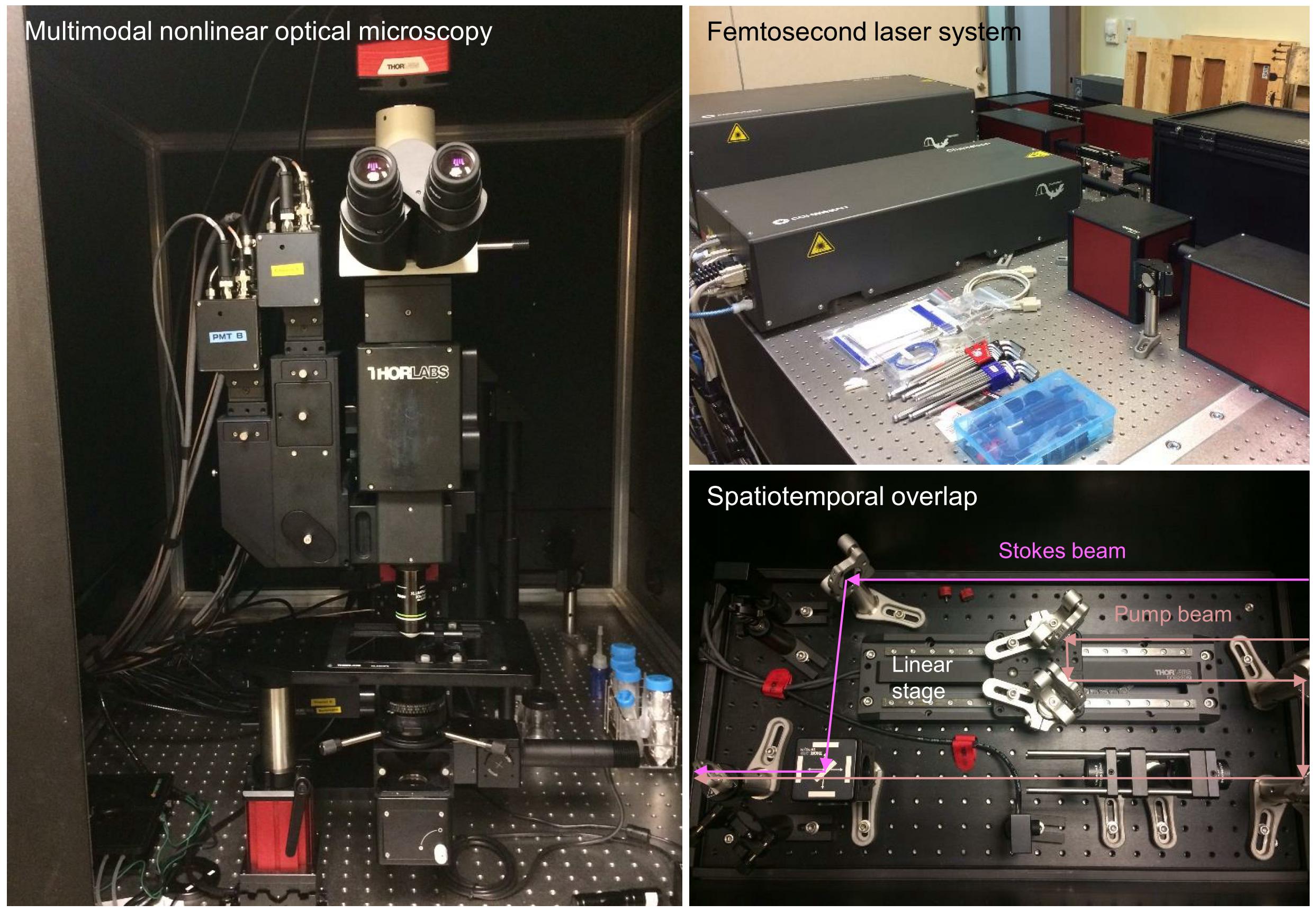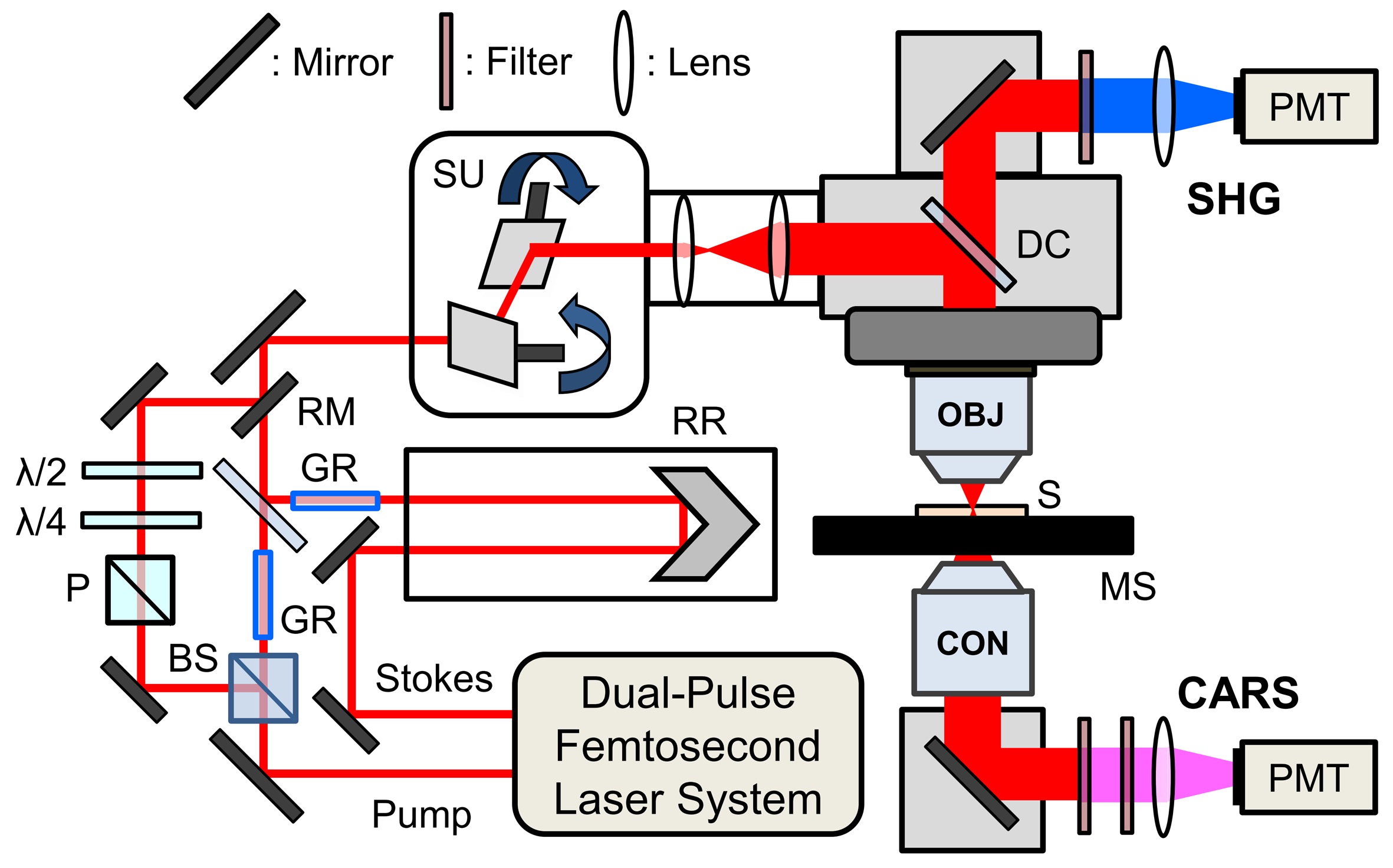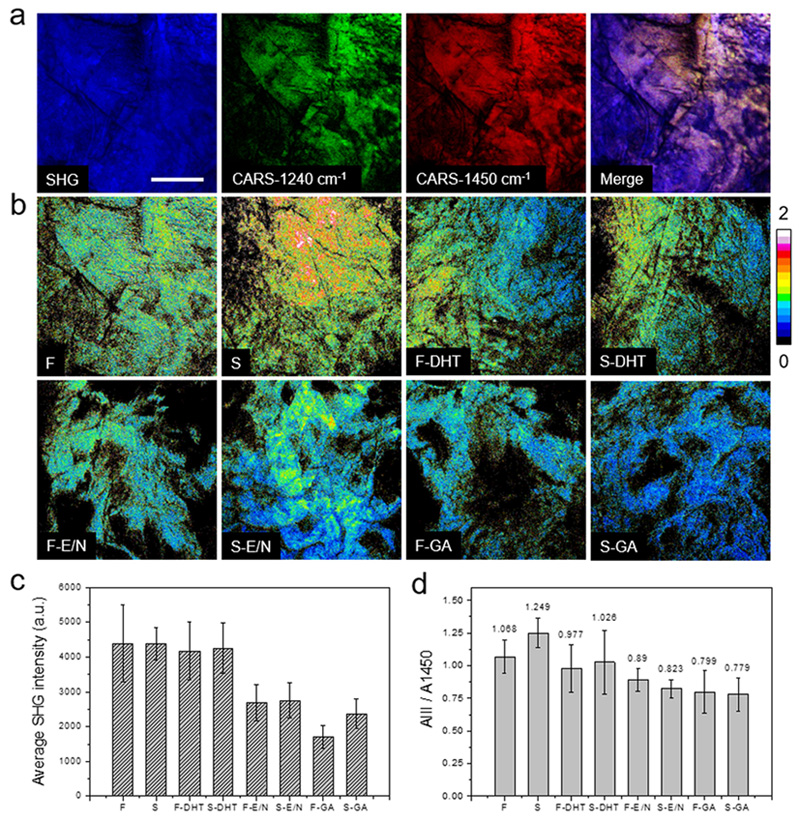| Technical Name | 人工骨材鑑定之多模態非線性光學顯微平台 | ||
|---|---|---|---|
| Project Operator | China Medical University | ||
| Project Host | 卓冠宇 | ||
| Summary | This technique uses multimodal nonlinear optical microscopy with the image contrast of second harmonic generation (SHG)coherent anti-Stokes Raman scattering (CARS). By analyzing the nonlinear signals on images, it can be used to characterizequantify the structural variation in the collagen scaffolds processed with different crosslinking methods. The correlation between signalsmechanical properties can then be derived. Additionally, comparative analysis of these two signals can be used to monitor the structural (triple-helix) change of collagen molecules during the crosslinking processes. |
||
| Scientific Breakthrough | This technique successfully confirms that the SHG image shown with an elongation factor can be used to assess the crosslinking status of collagen scaffold,the result matches with the compression property of the sample. In addition, SHG combined with CARS microscopy can be used to study the triple-helix structuredegree of collagen denaturation during a crosslinking process. The above experimental results are all presented as images after quantitative analysis. The structuralmechanical properties of artificial bone materials are visualized in terms of images is the breakthrough in this technique. |
||
| Industrial Applicability | This technique is able to quantitatively analyze the structure of synthetic materials of collagen, which can be applied to the quality control system in the medical material industry. Automated inspections in the semiconductor industry can also be achieved by the nonlinear signals produced from laser-device defect interactions. In the medical industry, early diagnosis of diseasesnonlinear endomicroscopy are the existing applications of this technique. In the future, we will use new algorithms to establish training models for bioengineered materialsdiseases, promoting AI in medicinepersonalized precision health. |
||
| Matching Needs | 天使投資人、策略合作夥伴 |
||
| Keyword | artificial bone material multimodal nonlinear optical microscopy second harmonic generation coherent anti-Stokes Raman scattering collagen crosslinking collagen scaffold bioengineered material automated inspection image recognition artificial intelligence | ||
- zhuo0929@mail.cmu.edu.tw
other people also saw


